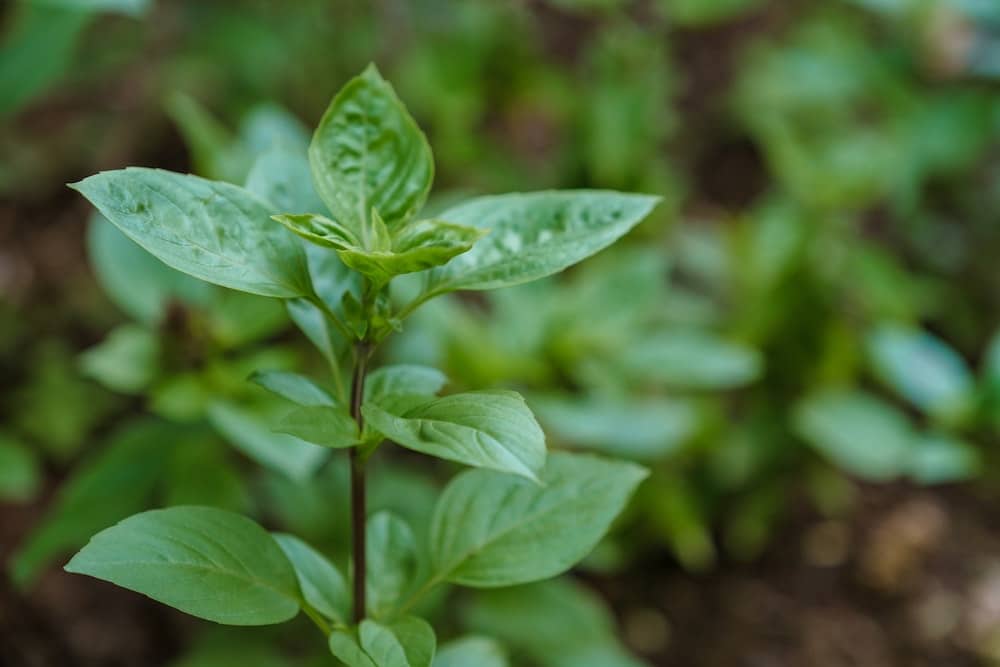Tips for Creating an Eco-Friendly Roof Garden with Native Plants?

As the world grows more urbanized, many of you are seeking ways to bring a touch of green to your concrete jungles. Roof gardens, increasingly popular in urban spaces, are an excellent solution. They not only provide a bit of nature within the city, but they also offer environmental benefits including water conservation, improved air quality, and energy conservation. This article provides a comprehensive guide on creating an eco-friendly rooftop garden using native plants.
Understand Your Building and Roof
Before you start growing anything, it’s crucial to understand your building’s structure and the specifications of your roof. Not all roofs can support the weight of a garden, particularly when it’s been watered.
Lire également : How to Choose the Right Colors for a Calming Bedroom Atmosphere?
The first consideration is whether your roof can bear the weight of the garden. This includes the soil, plants, water, and even yourself when you are tending to the plants. You will need to consult a structural engineer or a building professional to ascertain this.
Another important factor is the slope of the roof. Flat roofs are ideal for roof gardens. If your roof is slanted, you may need to incorporate terracing into your design or consider container gardening.
Avez-vous vu cela : How to Set Up a Home Coffee Station with a Vintage Vibe?
Lastly, consider the amount of sunlight and rain your roof gets. These factors will greatly influence the type of plants you can grow and the design of your garden.
Choose the Right Plants
Choosing the right plants is a critical step in creating your roof garden. Native plants are recommended for several reasons. They’re well-adapted to your local climate and soil conditions, which means they usually require less water and maintenance than exotic species.
There are numerous native plants suitable for roof gardens. For instance, if you’re in the Dvorak area, you might consider plants like the Purple Coneflower, Prairie Dropseed, and the Butterfly Milkweed.
A good practice is to choose a mix of plant species, including grasses, perennials, and shrubs. This diversity not only creates an aesthetically pleasing garden but also supports local wildlife like birds and insects.
Design Your Roof Garden
Designing your roof garden involves more than just deciding where to place your plants. Good design will consider factors such as wind exposure, access for maintenance, and water management.
Consider incorporating windbreaks into your design to protect your plants – trellises, screens, or even certain types of plants can serve this purpose.
Access for maintenance is another crucial factor. Make sure you can easily reach all areas of your garden for watering, pruning, and other garden tasks.
Water management is another important aspect. Roof gardens can help manage stormwater runoff, but they need to be properly designed to do so. Consider how you will water your plants, as well as how rainwater will be drained.
Prepare the Roof and Soil
Once your design is in place, it’s time to prepare your roof. A waterproof membrane is a must to prevent water from seeping into the building. On top of this, you will need a root barrier to prevent plants’ roots from damaging the roof.
Next is the soil. Roof gardens typically use a lightweight soil mix, specifically designed for roof gardens. It needs to provide enough nutrients for the plants while not being too heavy.
Maintain Your Green Roof
Maintenance is crucial to keeping your roof garden thriving. Regular watering is necessary, though if you’ve chosen native plants well, they should be relatively drought-resistant.
Weeding and pruning will also be essential tasks. Be sure to keep an eye out for pests and deal with them promptly to prevent them from damaging your plants. Regularly check the health of your plants – yellowing leaves or slow growth can be signs of nutrient deficiencies in the soil.
In conclusion, creating a rooftop garden can be a rewarding project, providing a personal oasis while also benefiting the environment. With careful planning and regular maintenance, you can create a thriving garden that enhances your urban living experience.
Remember, every green roof contributes to a greener, healthier planet. Let’s get started on yours today.
Environmentally Friendly Additions to Your Roof Garden
Alongside native plants, there are other elements you can incorporate into your roof garden to make it even more eco-friendly. For instance, installing solar panels can generate renewable energy, reducing your carbon footprint and potentially saving you money on your energy bills.
Solar panels can be incorporated into the design of your roof garden in such a way that they do not interfere with the aesthetic or functionality of your outdoor space. Solar panels come in various sizes and types, so you should be able to find a setup that suits your specific needs.
Another environmentally friendly addition is a rain garden. These are designed to collect and absorb rainwater, reducing runoff and preventing pollution. In a rooftop setting, a rain garden could be a dedicated area where water is funneled and then absorbed by plants specifically chosen for their water-loving properties.
A living roof is another option. This is a type of green roof that is covered with grass or other greenery, instead of conventional roofing materials. Living roofs provide excellent insulation, thus reducing the need for artificial heating and cooling. This way, they help to conserve energy, saving you money while also reducing your environmental impact.
Remember, every little choice you make contributes to creating a healthier environment. Adding these eco-friendly elements to your rooftop garden can multiply the environmental benefits of your green space.
Conclusion: Reaping the Rewards of Your Eco-Friendly Roof Garden
Transforming your roof into an eco-friendly garden using native plants and green technologies is a rewarding endeavor. Not only does it provide you with a personal oasis amidst the urban jungle, but it also has numerous environmental advantages.
Green roofs contribute significantly to water conservation by absorbing rainfall, and serving as a buffer against stormwater runoff. They help improve air quality by absorbing pollutants, and they provide habitat for local wildlife. By choosing native plants, you’re supporting local biodiversity and reducing the need for water and maintenance.
The addition of solar panels and a living roof can also help conserve energy, further reducing your carbon footprint. And let’s not forget, a well-designed and maintained rooftop garden can also add value to your property.
In a world that is becoming increasingly urbanized, creating green roofs offers a tangible way to reconnect with nature. It’s a step towards a more sustainable lifestyle, benefiting not just you, but the entire planet. Let your rooftop garden be a testament to the wonderful things that can happen when we build in harmony with nature.
So, if you haven’t already, embark on your green roof journey today. And remember, every rooftop garden contributes to a greener, healthier planet. Let’s get started on yours today.
